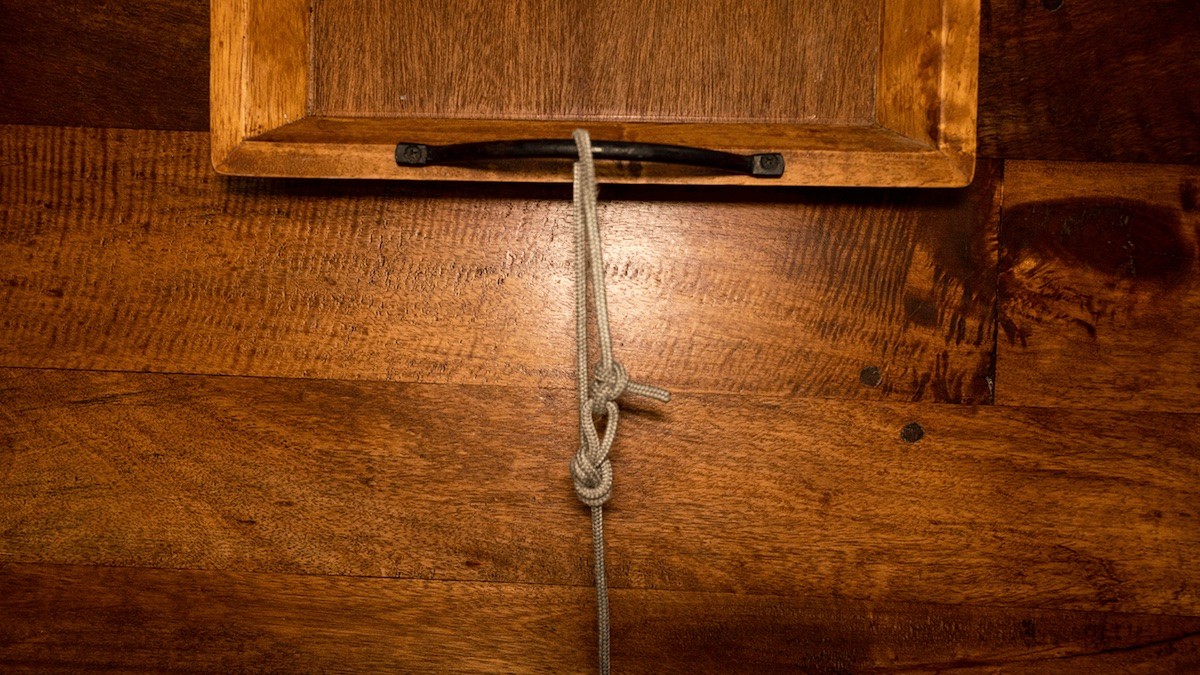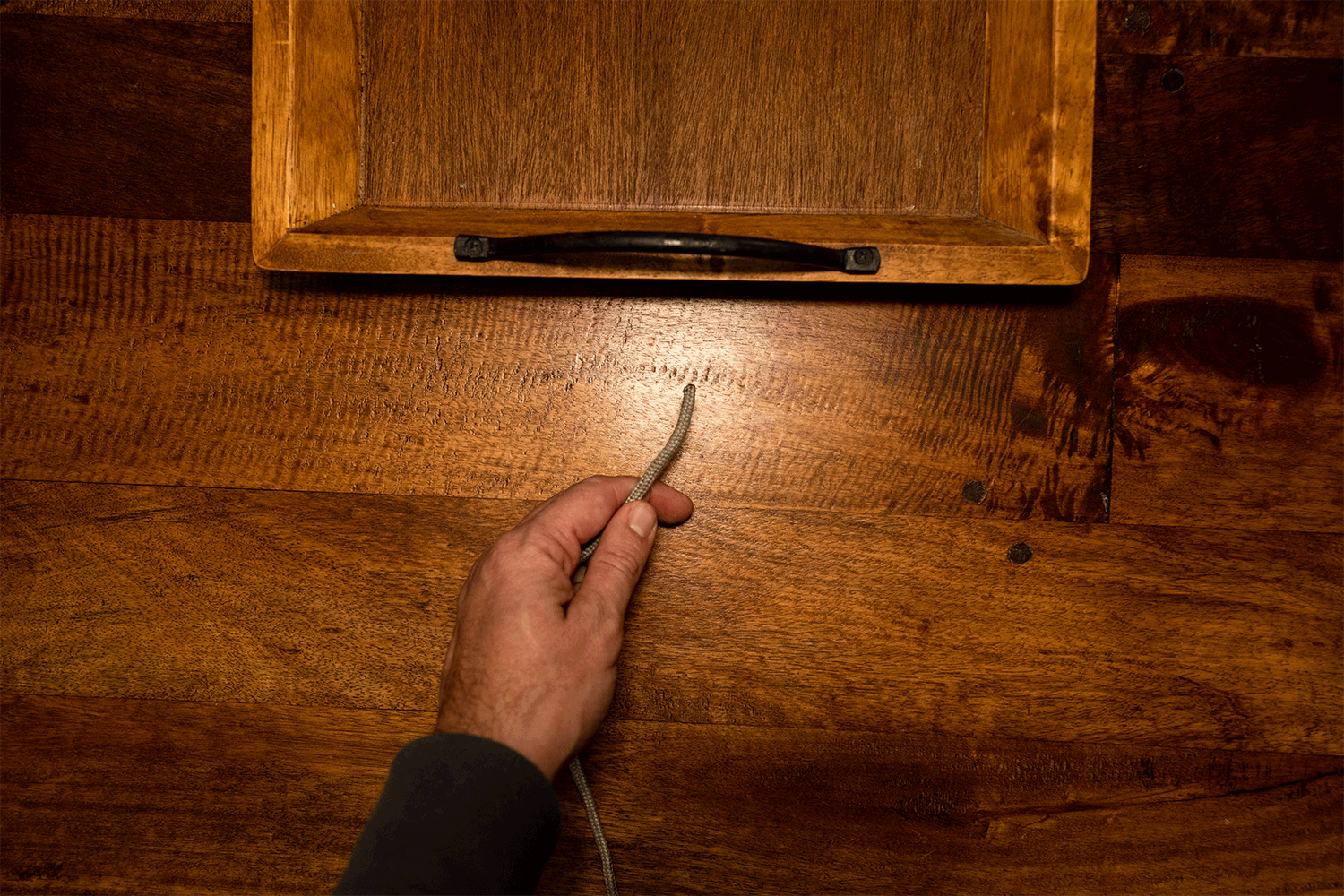
Maybe it’s because I live on a hay farm, but I use the trucker’s hitch more than just about any other knot out there. Not only is it highly effective, but it’s simple, and there’s something about it that just feels right. Whoever thought this thing up, trucker or otherwise, was a genius.
Best Uses for the Trucker’s Hitch
In short, the trucker’s hitch is a tension hitch, meaning you can use it to cinch down anything you can tie to a line. It’s highly versatile and unique because you’re essentially creating a pulley system solely through a rope or some kind of line, which allows you to tighten the hitch much more securely than just about any other knot. As the name may imply, this hitch is great for securing a load on the back of a truck, as I alluded to by mentioning the hay farm. I can’t tell you how many times I’ve tied bales onto a trailer using this handy hitch.
As for hunters and anglers, there’s a wide array of uses for the trucker’s hitch. First, you can use it to secure small boats like kayaks, canoes, and jon boats. Or, you could use it to strap your game to a truck or trailer bed after a successful hunt or even simply to put a tarp over it. Once again, if you need a way to securely tighten a load, the trucker’s hitch is a great choice.
How to Tie the Trucker’s Hitch
Start by securing one end of your rope to a fixed point using a static knot (i.e. one that doesn’t move, like a bowline). For example, this could be one side of your truck bed. Then, find another point—generally, on the opposite side of your truck bed—to attach the other end.
Once you’ve found your attachment point, you need to decide where to tie your first loop. This may take a little trial and error because if it’s too close to your attachment point, you won’t have enough room to cinch down your load and if it’s too long, the knot may rest at an awkward place. It all depends on the stretch of your rope and what type of load you’re trying to tie down.
Now it’s time to actually start tying.

- Create a bite in your rope and wrap it around the standing line and up through the hole to create a loop on a bite. It’s essentially an overhand knot. This will be your “pulley.”
- Next, feed your tag end around a secure point and back up towards your loop.
- Feed your tag end through the loop and back down toward your attachment point.
- Now, you’ve created your “pulley system.” Yank down on your tag end to cinch down the line to your desired amount.
- Once it’s taut, I like to pinch the tag end against the standing end next to the loop to keep it from loosening. Wrap the tag end around the standing line, feed a loop up through the hole, and pull up toward the loop to tighten. Repeat once more and it’s secure with a double half-hitch.
This is one of those knots that’s much simpler to tie than it is to explain. Once you get the hang of it, you’ll be set up for success when someone asks, “How are we going to tie this thing down?” It may not replace a ratchet strap, but if you’re in a pinch or need a more lightweight version, this is the best option out there.





Conversation